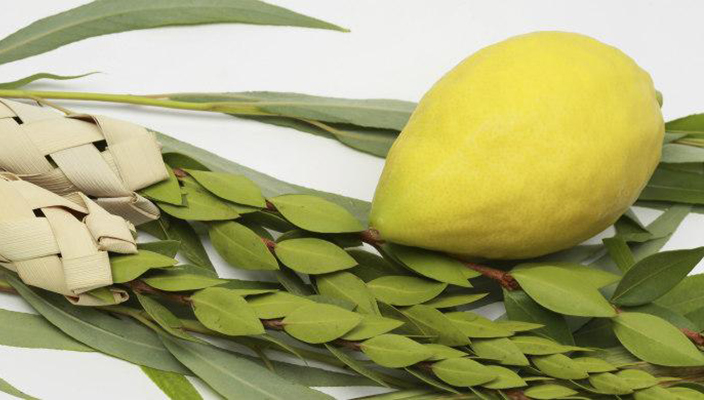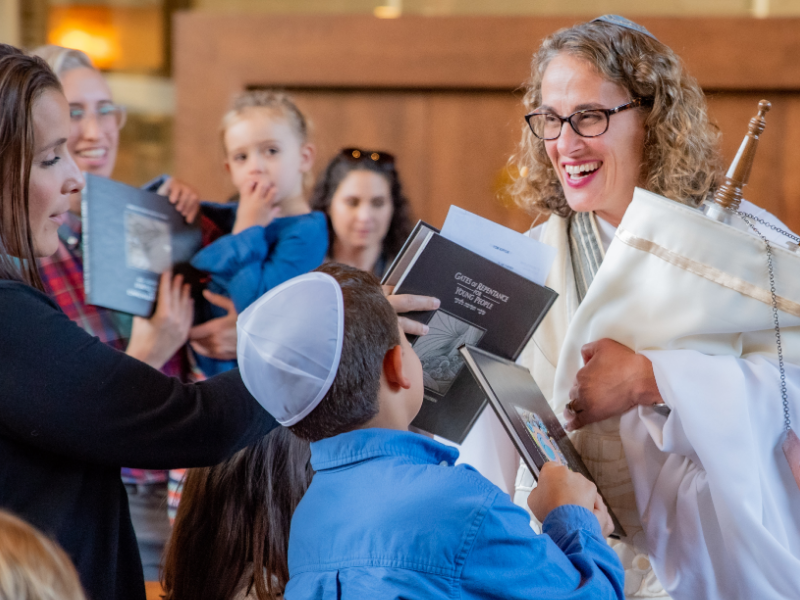Image:

Even though the High Holidays are over, there is still plenty of celebrating to do. Here are nine things to know about Sukkot, the holiday that follows Yom Kippur.
- Sukkot is a seven-day harvest festival that begins five days after Yom Kippur, on the 15th of the Hebrew month of Tishrei.
- It is known by several different names: the Festival of Booths, the Season of Our Rejoicing, and the Festival of the Ingathering.
- The holiday commemorates the 40 years the Israelites wandered in the desert and lived in temporary booths after God led them out of slavery in Egypt.
- Sukkot also has roots as an agricultural festival, providing an opportunity to give thanks for the bounty of the fall harvest.It is one of the three annual pilgrimage festivals (along with Passover and Shavuot), when Israelites traveled to Jerusalem to offer sacrifices at the ancient Temple.
- Many Jews build a , a small, temporary booth, and use it for eating, entertaining, and sometimes even sleeping during Sukkot. These temporary shelters remind us of the frailty of life, and to be grateful for our homes and other blessings.
- It is customary to decorate the sukkah by hanging fruit, paper chains, and the like from the sukkah’s roof covering, generally loose branches that give shade, but also allow those in the sukkah to see the stars through the roof at night.
- Two other symbols are associated with Sukkot: the and .The lulav is a combination of date palm, willow, and myrtle branches, held together by a woven palm branch. The etrog is a lemon-like fruit with a hearty citrus smell.
- The ritual for the lulav and etrog include reciting blessings over them and waving them in six directions — north, south, east, west, up, and down — symbolizing that God can be found in all directions, not just in one particular place.
- Sukkot is the only festival associated with an explicit commandment to rejoice, which appears three times in the Torah.
!
Explore Jewish Life and Get Inspired
Subscribe for Emails

